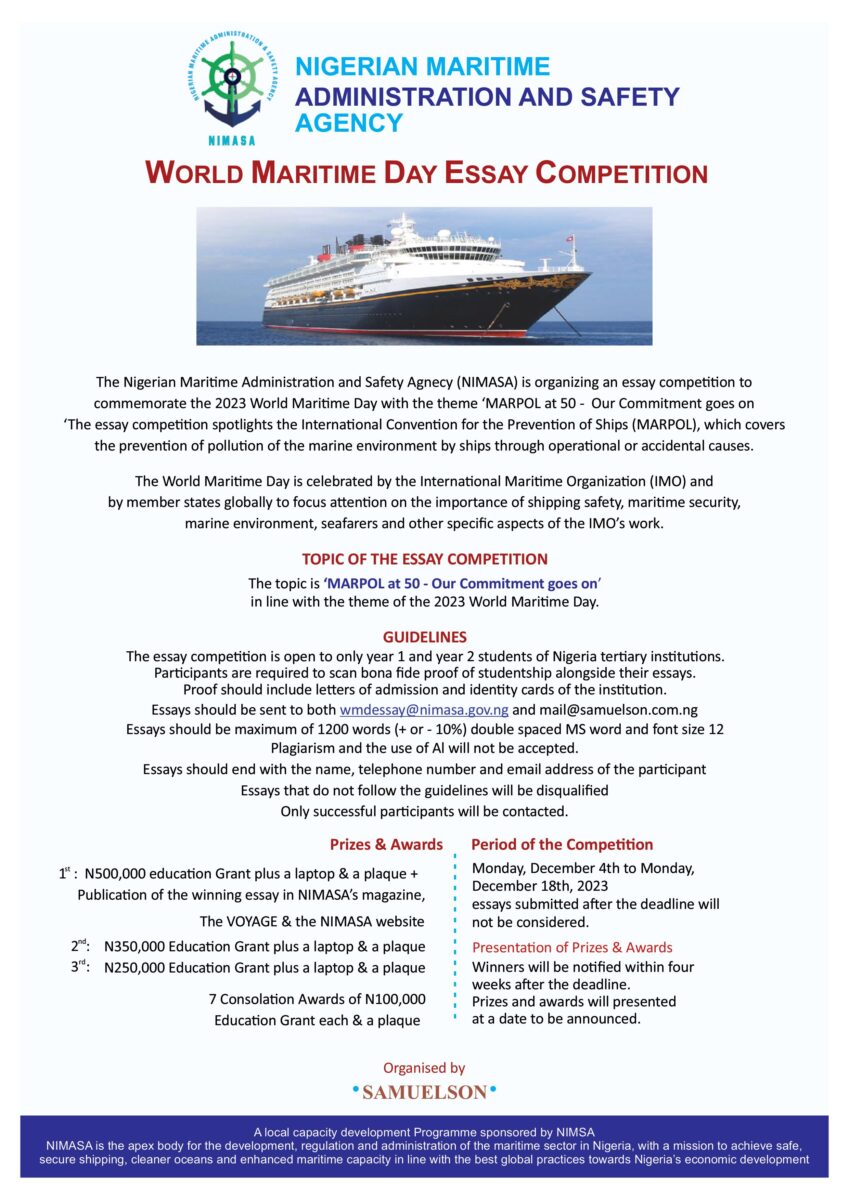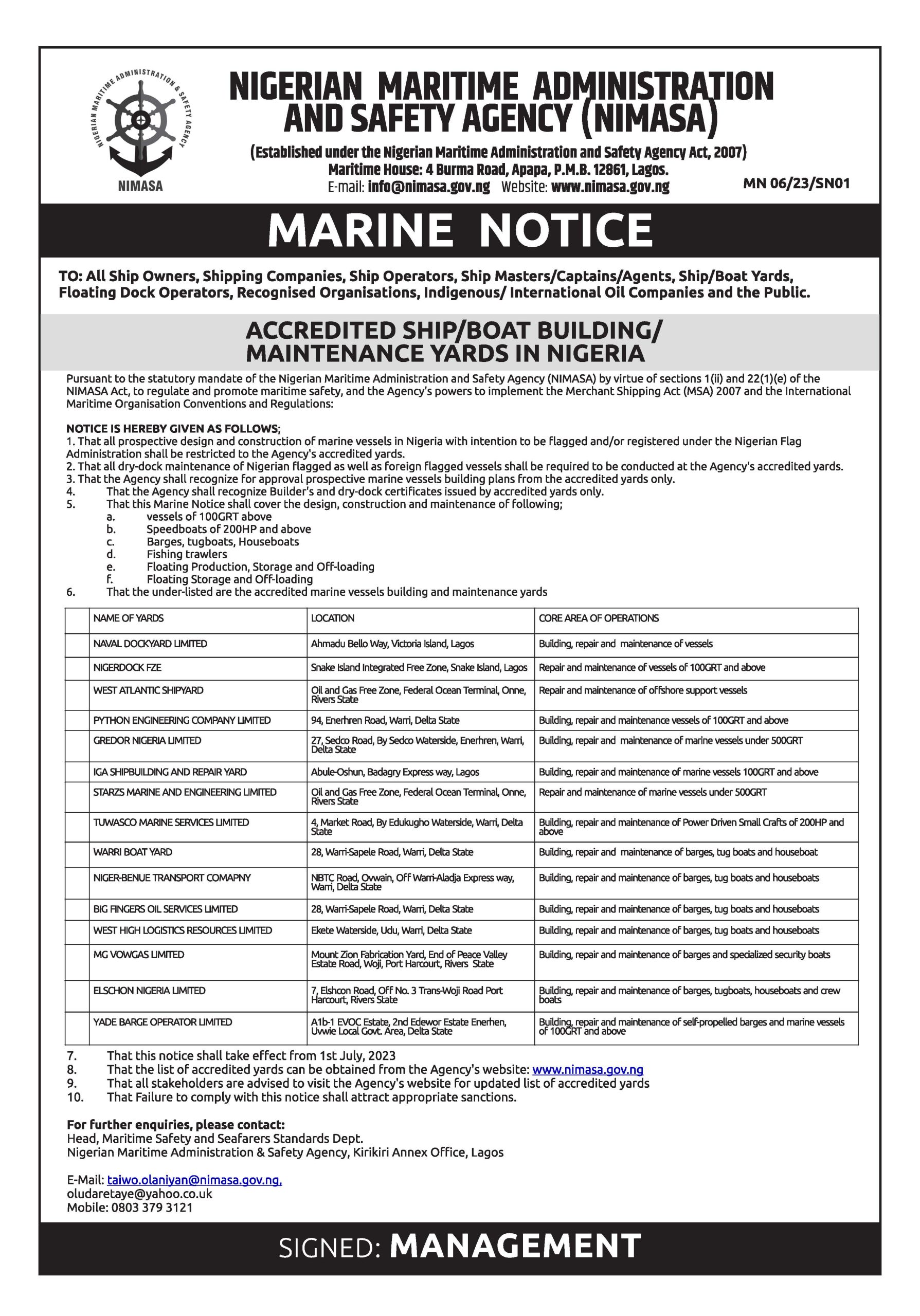Scavengers, domestic animals scout for valuables
By Mohammed Danlami and Idris Abubakar
On its face value, waste is complete rubbish and is as good as trash that must belong to the garbage dump. But waste has increasingly become a resource that is harnessed to create wealth and save the environment. A good example of this was found when our reporters encountered a refuse dump site a little adjacent to the Bwari Local Government Secretariat in Bwari, the Federal Capital Territory of Abuja at the weekend.
The refuse dump site is about 400 square metres of land, fenced half way with about five courses of block. It is located just a walking distance from the Area Council Secretariat. According to Usman Abdullahi (not real name), a refuse picker (popularly called scavenger), the land is rented by the Area Council for the purpose of collecting refuse around Bwari and conveyed to a central location for easy management.
Abdullahi noted that the owner of the plot rented part of it to the Area Council and is paid a certain amount he was not sure every month. At the site, our reporters also sighted some caterpillars and trucks parked which they gathered were owned by refuse management companies contracted by the Area Council to manage the refuse collected from filthy gutters, floating cans, nylon water sachets, empty bottles and other waste materials discarded by humans, swept away by rains which gather and clog up the drain. The waste also include discarded household items like electronic waste, utensils, food items, garments etc.
When the waste collected by the pickers and deposited at the site builds up, after gathering them from different households and locations in Bwari town, the caterpillars on standby then upload the garbage onto the trucks which in turn drive out of town to dispose of them appropriately.
Before this stage however, the scavengers were already on standby to search through the rubbish to pick recyclable items like soft drink cans, bottles, dead cell phones and electronic waste. The recyclables were collected, sorted and assembled for sale to agents of recycling companies. This act helps to minimise waste in our environment and also creates jobs. Youths usually partake in this waste gathering trade thereby reducing redundancy and unemployment. It also contributes in reducing antisocial activities like drug abuse, criminality and insecurity to which the youth are vulnerable.
At the Bwari refuse dump site also, domestic animals defy all odds to snoop around for food items, even when men, their masters, have vested interest in the waste materials. When existential adversity gets to a head, the tough get going among men as well as domestic animals, especially dogs. This accounts for the newfound interest in waste which has become a resource for wealth, giving rise to the waste to Wealth initiative, in some cases. Such initiatives focus on managing three major categories of waste which include pet bottles, paper wastes and food wastes with a focus to process them into reusable products.
The practice of collecting, treating and managing solid waste prior to the disposal has become a necessity in developing and modern societies. Over the years, it is known that most wastes that are disposed have a second hand value. They can be recyled and reused, hence reducing the pressure and consumption of virgin materials. However, the construction cost for conventional Material Recovery Facility(s) MRFs has been a major barrier for the implementation of conventional technology to recover wastes by local authorities in Africa, particularly in Nigeria.
In addition, these technologies require considerable techical expertise, which is often not available in developing nations to successfully operate the MRFs.
The waste to wealth initiative focuses on planning and affordable technology in tackling and converting waste generated into useful products.
The pet bottles can be processed to pellet form where it can be used as starting materials for fabrication of new products.
The food wastes can be processed into manure for usage in the ,tissues and other related products.
Waste is not only a Nigerian problem, it is a global challenge. The world continues to contend with the burden of waste management. In 2019, according to an Al Jazeera story, the Global Material Footprint (the amount of raw material including fossil fuels, biomass and metal and non-metal ore, extracted to meet total consumption demand), the United Nations said, was 85.9 billion tonnes – up from 73.2 billion tonnes 10 years before. Meanwhile, the world’s electronics waste – namely discarded smartphones, tablets and other electronic devices – grew by 38 percent in that same year.
On March 18 every year, the world celebrates Global Recycling Day to among other things, draw attention to the people, places and activities that showcase what an important role recycling plays in contributing to an environmentally stable planet and a greener future which will benefit all.
As vividly captured by Al Jazeera, in Nigeria, “wastepreneurs” are providing an answer to this by taking waste straight from the dump, transforming it and redefining its purpose. These innovators work with different materials – water sachets, scrap metal, bottles, plastic, tyres and more – with many of them learning on the job, how to manipulate these objects, to make “beauty out of ashes”. These entrepreneurs are inspired by the motion that “If you can recycle it, why waste it?”
Waste, widely understood, can be solid, liquid, or gas and each type has different methods of disposal and management. Waste management deals with all types of waste, including industrial, biological, household, municipal, organic, biomedical, radioactive wastes. In some cases, waste can pose a threat to human health. Health issues are associated with the entire process of waste management. Health issues can also arise indirectly or directly: directly through the handling of solid waste, and indirectly through the consumption of water, soil, and food. Waste is produced by human activity, for example, the extraction and processing of raw materials. Waste management is intended to reduce the adverse effects of waste on human health, the environment, planetary resources, and aesthetics.
Excess unmanaged waste has the potential to worsen climate change. Municipal solid waste is expected to reach approximately 3.4 Gt by 2050; however, policies and lawmaking can reduce the amount of waste produced in different areas and cities of the world. Measures of waste management include measures for integrated techno-economic mechanisms of a circular economy, effective disposal facilities, export and import control and optimal sustainable design of products that are produced.
In the first systematic review of the scientific evidence around global waste, its management, and its impact on human health and life, authors concluded that about a fourth of all the municipal solid terrestrial waste is not collected and an additional fourth is mismanaged after collection, often being burned in open and uncontrolled fires – or close to one billion tons per year when combined. They also found that broad priority areas each lack a “high-quality research base”, partly due to the absence of “substantial research funding”, which motivated scientists often require. Electronic waste (ewaste) includes discarded computer monitors, motherboards, mobile phones and chargers, compact discs (CDs), headphones, television sets, air conditioners and refrigerators. According to the Global E-waste Monitor 2017, India generates 2 million tonnes (Mte) of e-waste annually and ranks fifth among the e-waste producing countries, after the United States, the People’s Republic of China, Japan and Germany.
Waste management or waste disposal includes the processes and actions required to manage waste from its inception to its final disposal.
Effective ‘Waste Management’ involves the practice of ‘7R’ – ‘R’efuse, ‘R’educe’, ‘R’euse, ‘R’epair, ‘R’epurpose, ‘R’ecycle and ‘R’ecover. Amongst these ‘7R’s, the first two (‘Refuse’ and ‘Reduce’) relate to the non-creation of waste – by refusing to buy non-essential products and by reducing consumption. The next two (‘Reuse’ and ‘Repair’) refer to increasing the usage of the existing product, with or without the substitution of certain parts of the product. ‘Repurpose’ and ‘Recycle’ involve maximum usage of the materials used in the product, and ‘Recover’ is the least preferred and least efficient waste management practice involving the recovery of embedded energy in the waste material. For example, burning the waste to produce heat (and electricity from heat). Certain non-biodegradable products are also dumped away as ‘Disposal’, and this is not a “waste-’management’” practice.







